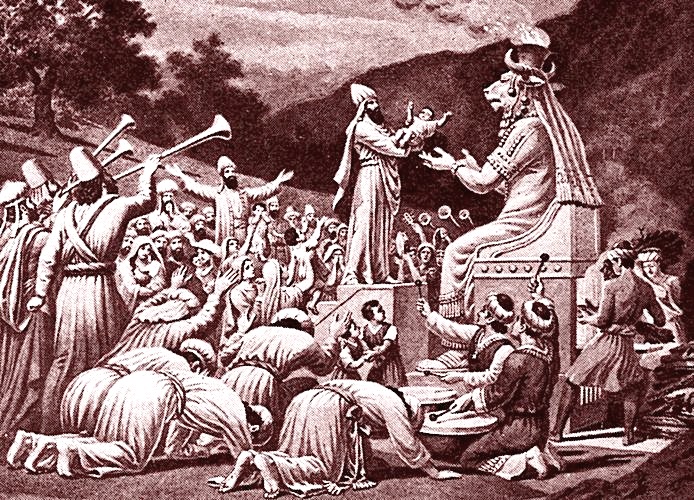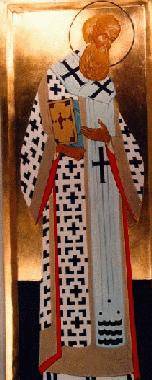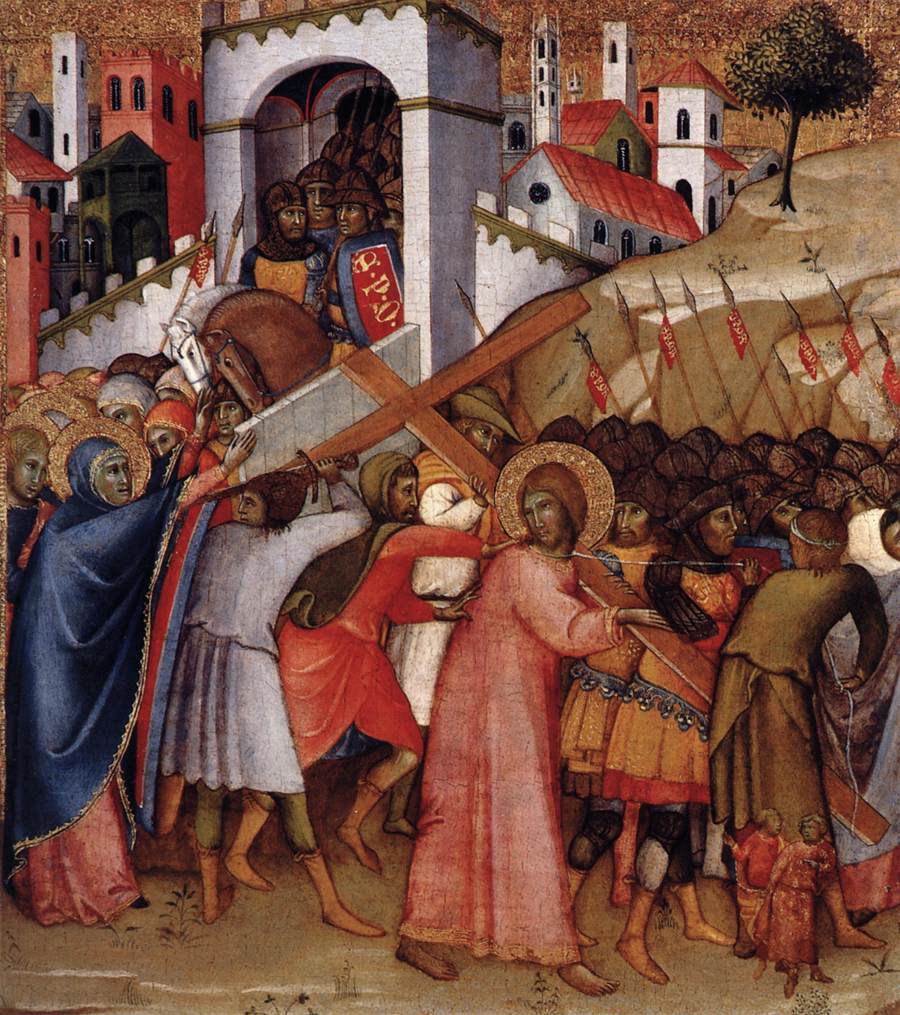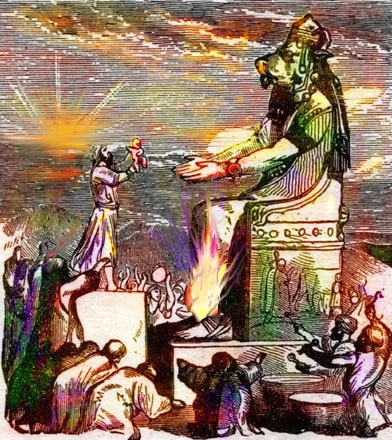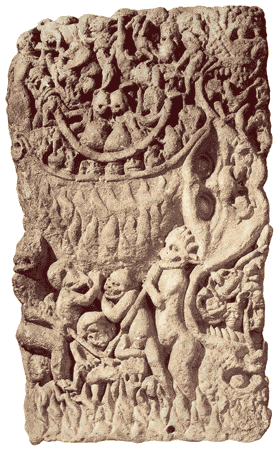"The Virgin Mary," El Greco
For centuries, the Church has devoted the month of May to the Blessed Virgin Mary. The following reflection upon Our Lady is taken from "The Splendour of the Church" by Henri de Lubac, SJ:
"In the Church's tradition the same biblical symbols are applied, either in turn or simultaneously, with one and the same ever-increasing profusion, to the Church and Our Lady. Both are the New Eve; Paradise; the tree of Paradise, whose fruit is Christ; the great tree seen in his dream by Nabuchodonosor, planted in the centre of the earth. Both are the Ark of the Covenant, Jacob's Ladder, the Gate of Heaven, the House built on the mountain top, the fleece of Gideon, the Tabernacle of the Highest, the throne of Solomon, the impregnable fortress. Both are the City of God, the mysterious City of which the psalmist sang; the valiant woman of the Book of Proverbs, the Bride arrayed for her husband, the woman who is the foe of the serpent and the great sign in heaven described in the Apocalypse - the woman clothed with the sun and victorious over the Dragon. Both are- after Christ - the dwelling place of wisdom, and even wisdom herself; both are "a new world" and "a prodigious creation"; both rest in the shadow of Christ."
Henri de Lubac was born into an aristocratic family in 1896 AD, and entered the Jesuit order in 1913. After the outbreak of war in 1914, de Lubac was drafted into the French Army, and suffered a head wound at Verdun. During the second World War de Lubac assisted in publishing an underground anti-Nazi journal called Christian Witness, and, as a consequence, de Lubac spent much of the war in hiding from the Germans. Between the wars, de Lubac, together with fellow Jesuit Jean Danielou, revived Catholic scholarly interest in the study of Patristics and Sacred Tradition, mainly through the publication of critical editions of patristic texts. However, in 1950 de Lubac and several other Jesuits were removed from their teaching posts at the behest of the Vatican. Two months later, Pope Pius XII promulgated the encyclical Humani Generis which condemned the "nouvelle theologie" and was presumably aimed at de Lubac. Although his work was subject to close scrutiny by Rome, de Lubac continued to study and to publish. In 1958, de Lubac was permitted to resume teaching, and in 1960 he was appointed by Pope John XXIII to the commission making preparations for the upcoming Vatican Council. De Lubac served at the Council as a peritus and as secretary. In 1983, de Lubac was made a cardinal by Pope John Paul I.





